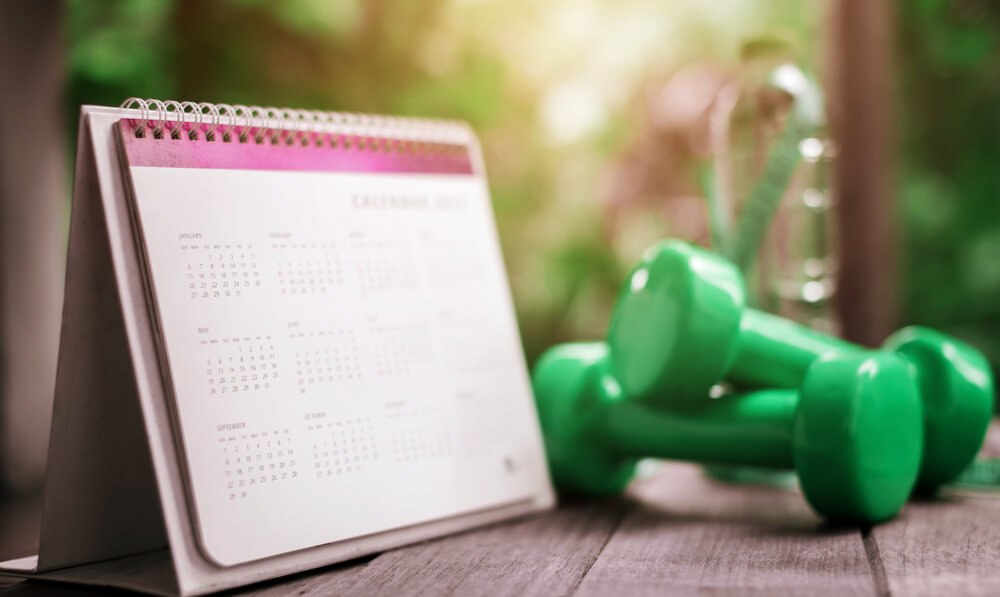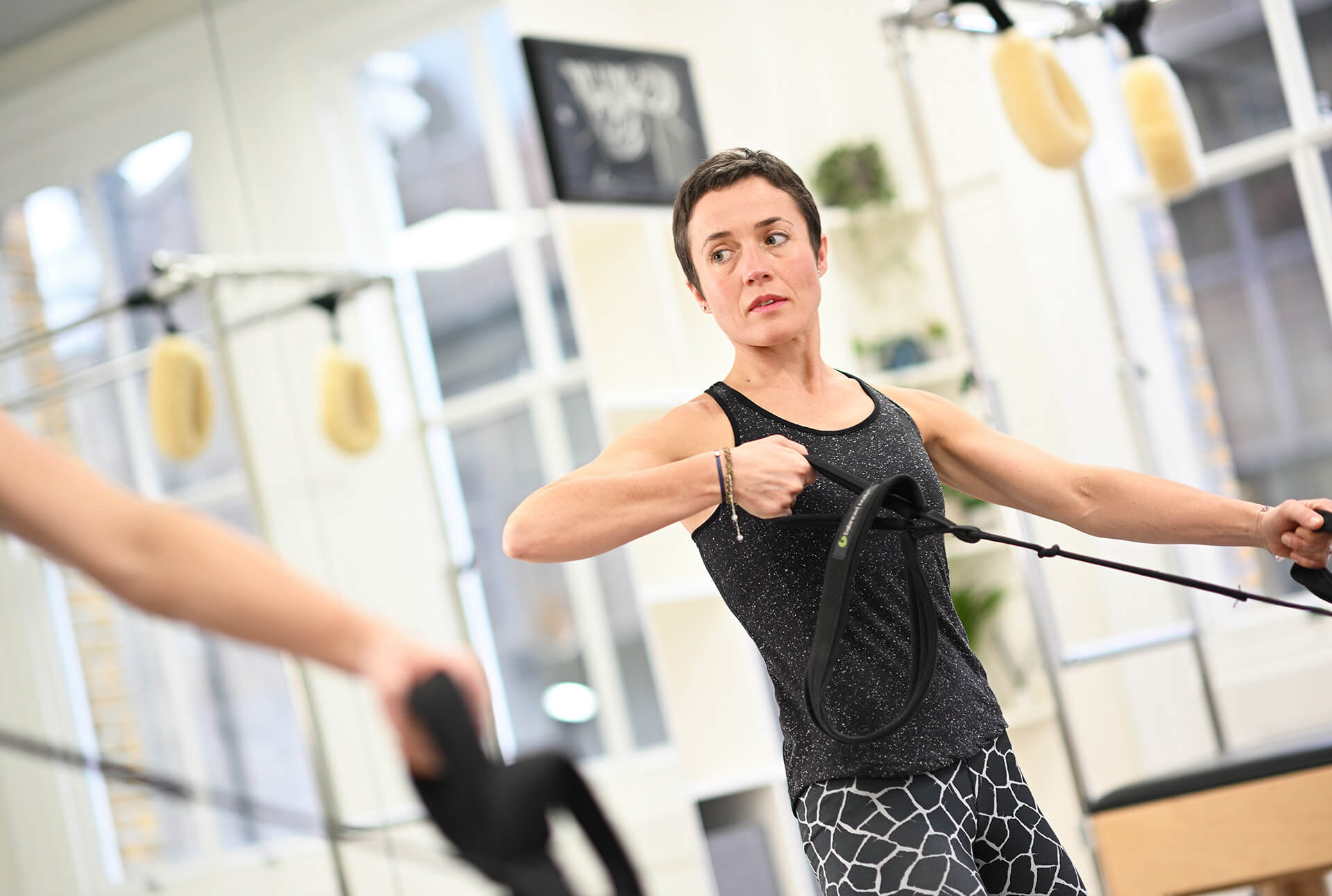Diastasis rectus abdominis, known just as diastasis recti or DRA, is the separation of your abdominal muscles during pregnancy.
It involves the thinning of the connective tissue called linea alba that joins the two large parallel bands of muscles that run from your ribs to your pubic bone (your six pack muscles). This is what allows the abdomen to stretch to make space for a growing baby.
This is a natural, normal part of pregnancy. After the baby is born and hormones return to pre-pregnancy levels, the linea alba heals and the muscles usually come back together on their own.
Problems arise when this doesn’t happen over the three to six months after labour. In these cases, women can be left with a bulge in the middle of the two separated ab muscles many years after delivery. Treatment can be required to close this gap and bring these muscles back together,
What causes diastasis recti?
Pregnancy is the most common cause of diastasis recti. Especially pregnancies which involve twins due to the increased bump size.
But there are other causes. These include:
- lifting weight with poor technique
- chronic straining
- obesity
- hypermobility
- multiple pregnancies
Signs you have diastasis recti
Having a doctor or midwife check for diastasis recti should be a routine part of the 6-week check-up you have after giving birth. But this isn’t always the case.
If you haven’t been checked, booking in with a women’s health physiotherapist is advisable to see how your abdominals (and pelvic floor!) are healing after pregnancy and labour.
You can also check for diastasis yourself using this method: lie on your back with your knees bent and feet on the floor with your stomach exposed. Now, tuck your chin in towards your chest and gently lift your head and shoulders a little way off the floor.

If you have diastasis recti, you will be able to see doming down the middle of your tummy. This is your stomach contents pushing through the two separated abdominal muscles.
You can also feel for diastasis recti using your fingers. While in the above position, feel for a gap between the abdominals by gently pressing into the stomach just above and then below your belly bottom.
If you feel that the gap is wider than 2 fingers then you may have diastasis. If the gap is 4-5 fingers then your diastasis is considered severe. In both cases, you should ask your doctor for advice on treatment.
What is the treatment for diastasis recti?
Unfortunately, there is no standard protocol for dealing with diastasis recti because the condition requires treatment to be tailored to the individual.
That’s why booking in with a women’s health Physio is a good idea. They can assess your diastasis and give you appropriate exercises to help heal it.
However, experts do offer some general advice for women dealing with diastasis recti. This includes:
During pregnancy
Keeping fit and strong during pregnancy with the help of an instructor who is qualified in pre and post-natal exercise is important. Why? Because research shows that working your abdominal muscles correctly during pregnancy decreases diastasis recti post-natally by 35%.
Advice also states that at about 12-14 weeks (the end of the first trimester) you should avoid activities like sit ups that create an abdominal bulge. Minimise twisting activities and work on creating/maintaining good alignment.

After pregnancy
Correcting your posture after pregnancy is really important.
The weight from a pregnancy bump can throw your alignment out, which can create muscle dysfunction. Bringing your spine back to a neutral position after you’ve given birth is vital. Doing so will enable your pelvic floor, glutes and abdominal muscles to activate in the right way, and so help heal your diastasis recti.
Clinical Pilates is a great choice for postnatal women with this goal as the method is known for being an effective – and safe – way to create healthy alignment.
Postnatal women with diastasis recti should also avoid exercises that makes the abdomen bulge or force you to fix your abdominals. Instead, the advice is to start with low level strengthening work on the deep stomach muscles with help from an expert like a women’s health Physiotherapist and/or clinical Pilates instructor.
Certain breathing techniques taught by a Physiotherapist can also help to encourage the two muscles to come back together and help you connect to your deep abdominals. Other advice includes avoiding any heavy lifting or bending and avoiding straining on the toilet.
With some cases, and if Physiotherapy isn’t proving effective, surgery called abdominoplasty may be required. Even with surgery, continued Physiotherapy is required to restore muscle function.
Get in touch more advice on diastasis recti or book in with our team of pre and postnatal Pilates experts.
Education is key:
These blogs are designed to give information to everyone, however, it is important to remember that everyone is different! If you have not seen one of our therapists and have any questions about injuries, what you have read or whether this may be useful to you, please just ask. We are more than happy to help anyone and point you in the right direction. Our biggest belief is that education is key. The more you understand about your injury, illness and movement, the more you are likely to improve.





